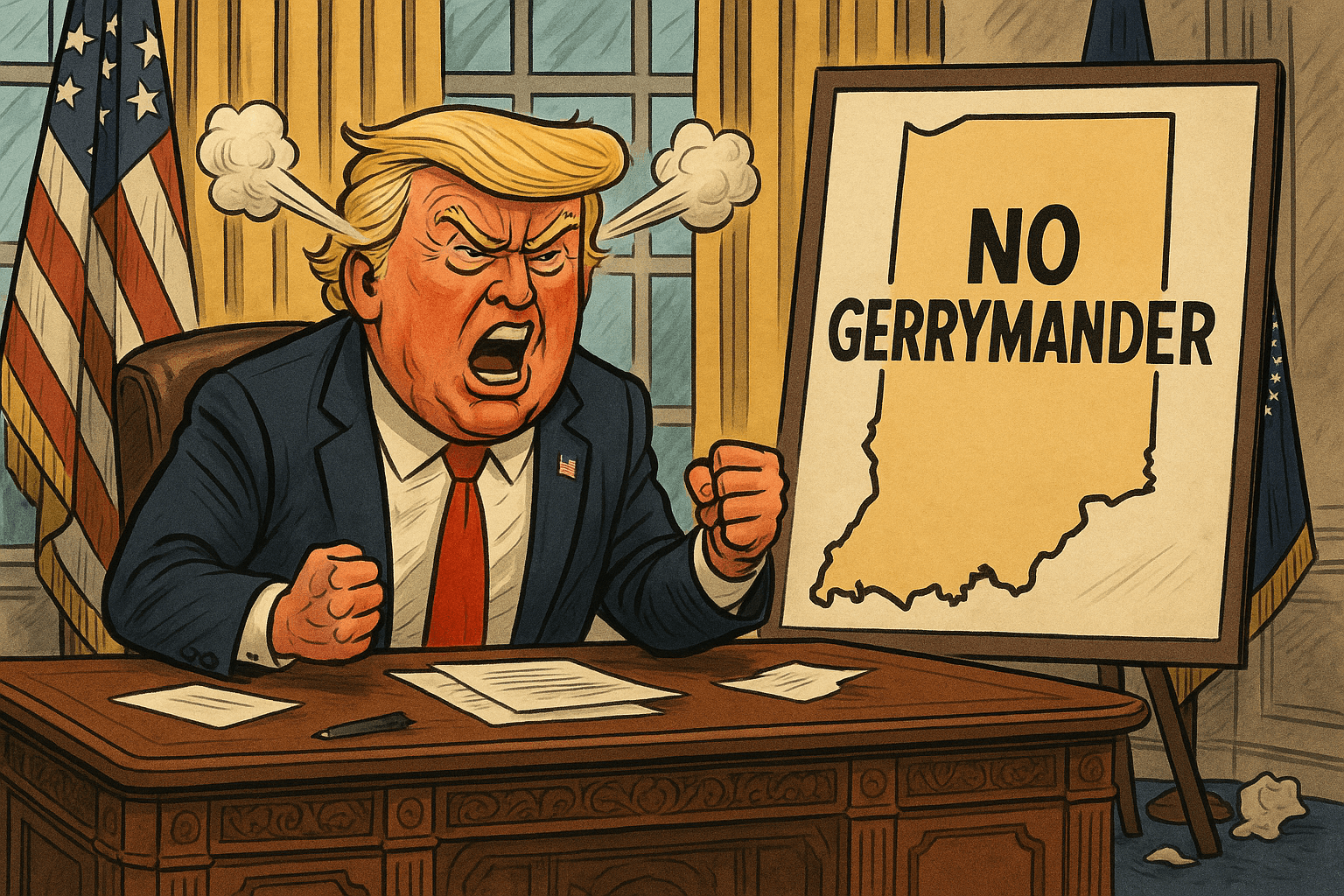Statewide Coalition Launches to Bring Ranked Choice Voting to California
Could ranked choice voting soon come to the nation’s most populous state? That is the goal of a new coalition that officially launched on Tuesday, September 21.
The California RCV Coalition introduced itself to the public during a public Zoom event at a point when ranked choice voting (RCV) is having a moment. RCV is the fastest spreading voting reform in the country, and coalition members hope California will build on both the popularity and success of reform efforts.
“There has been a lot of momentum in the state,” said Tom Charron, who represented the group in a recent interview for IVN. “We’ve been seeing the results of ranked choice voting, and the positive effects it has had on local elections, but what there hasn’t been is the momentum at a statewide level.”
Charron said the goal of the coalition is two fold: (1) Over the long-run, achieve statewide RCV adoption, and (2) -- In the short term -- offer support to local RCV campaigns to spread the use of the alternative voting method in the state.
Coalition members understand that getting RCV passed at the statewide level is going to be a long game. It is the largest state in the country, and garnering the support and resources to launch such an endeavor, Charron says, will take time. The strategy to make this happen will also require input from coalition members, supporters, and volunteers.
Voters in the Golden State are not completely unfamiliar with RCV, so the coalition will have some foundation from which to work. RCV is already used in a handful of municipalities, including San Francisco and Oakland. Albany, Eureka, and Palm Desert are slated to implement its use in 2022.
RCV allows voters to rank candidates in order of preference (i.e. first choice, second choice, third choice, etc) on the ballot. When voting is done, the first choice results are tabulated. If no candidate gets over 50% of the vote, an instant round of runoff is held. The last place candidate is eliminated and their voters’ next choice is applied to the totals. This process repeats until a candidate has at least 50%+1 of the vote.
Put simply, ranked choice voting shows how voters would cast a ballot under subsequent runoff elections without the expense of those elections.
Advocates of RCV say the new voting method can help temper the hyper-partisanship that has become a stain on the US electoral and political processes. Polarization is especially visible at the national level, but as Charron explained, voters have witnessed the nationalization of politics at the state and local level.
“It’s clear if we keep on this path, we’re in store for a less functional future,” he said. “Our government representatives are just going to be at each other’s throats.”
“RCV is one of the most powerful long-term solutions that helps reduce polarization. That has been proven many times over.”
It changes the incentive system when candidates have to think about appealing to a voter’s second, third, or fourth choice. They can’t tear down the voter’s first choice, and they have to find commonality with other candidates in order to get the attention of voters outside their base of support.
Opponents of RCV argue that the voting method is too complicated for voters to understand. Yet, advocates point to a history of exit polls after RCV elections that show voters like it and they want to continue using it.
For example, New York City held its first RCV primary elections in June, and not only did the city see the largest turnout since 1999, but 77% reportedly said they want to keep using the voting method.
Charron also commented on the nonpartisan nature of ranked choice voting. It is not a reform that explicitly benefits a single party, and it has garnered cross-partisan support. While some might point to the traditionally “blue” jurisdictions in which RCV is being adopted, it has also gained significant ground in traditionally “red” jurisdictions like Utah and Alaska, where it was adopted for statewide elections.
“Across the board, in terms of how [RCV] is implemented, there is no favoritism for one party or the other,” said Charron. “It is supported by groups and individuals and elected representatives who are forward-thinking, and are looking to get more accurate representation, and they come from the left and the right.”
Members of the California RCV Coalition also span the political spectrum, and the group will continue to bring in new members as they get to work on ranked choice voting initiatives. The group’s launch was a big milestone, and Charron says he expects many new individual supporters and volunteers to come in that will work directly with the coalition.
“We welcome anyone who is interested in promoting RCV in California to become a supporter and a volunteer for our organization, and have a voice in what our strategy is going to be” he said.
To get more information on the California RCV Coalition or how to get involved, visit the coalition’s website.
 Shawn Griffiths
Shawn Griffiths






